
[caption id="ADaytoVisittheEnglishRiviera_Feature" align="aligncenter" width="1024"]
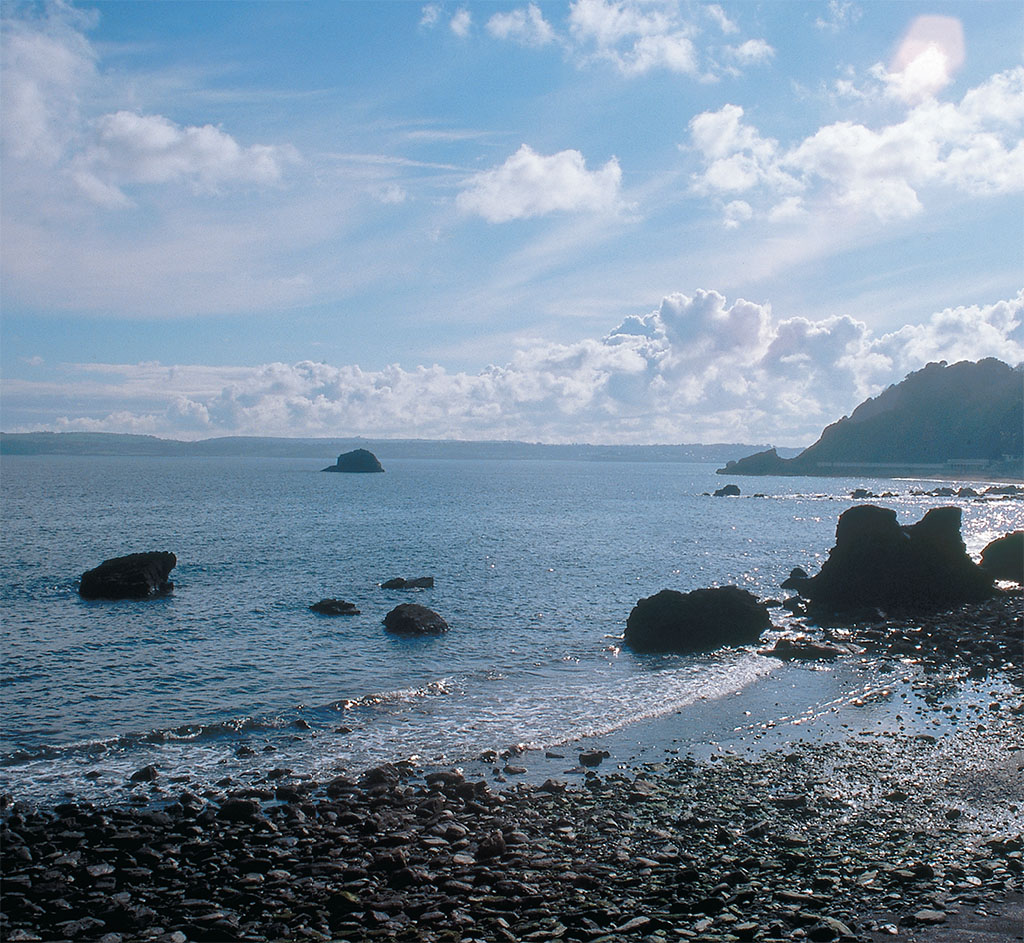
DANA HUNTLEY
[caption id="ADaytoVisittheEnglishRiviera_img1" align="aligncenter" width="881"]

DANA HUNTLEY
Swaths of swaying palm trees line the waterfront everywhere. Secluded beaches, red clay cliffs and fishing harbors, the 22-mile stretch of English Channel known as the English Riviera is the closest approximation of a Mediterranean environment that this northern isle offers. This is Torbay, lining the arched strand of Tor Bay on the south Devon coast, where some two dozen hidden coves and beaches pock the shore.
[caption id="ADaytoVisittheEnglishRiviera_img2" align="aligncenter" width="1024"]
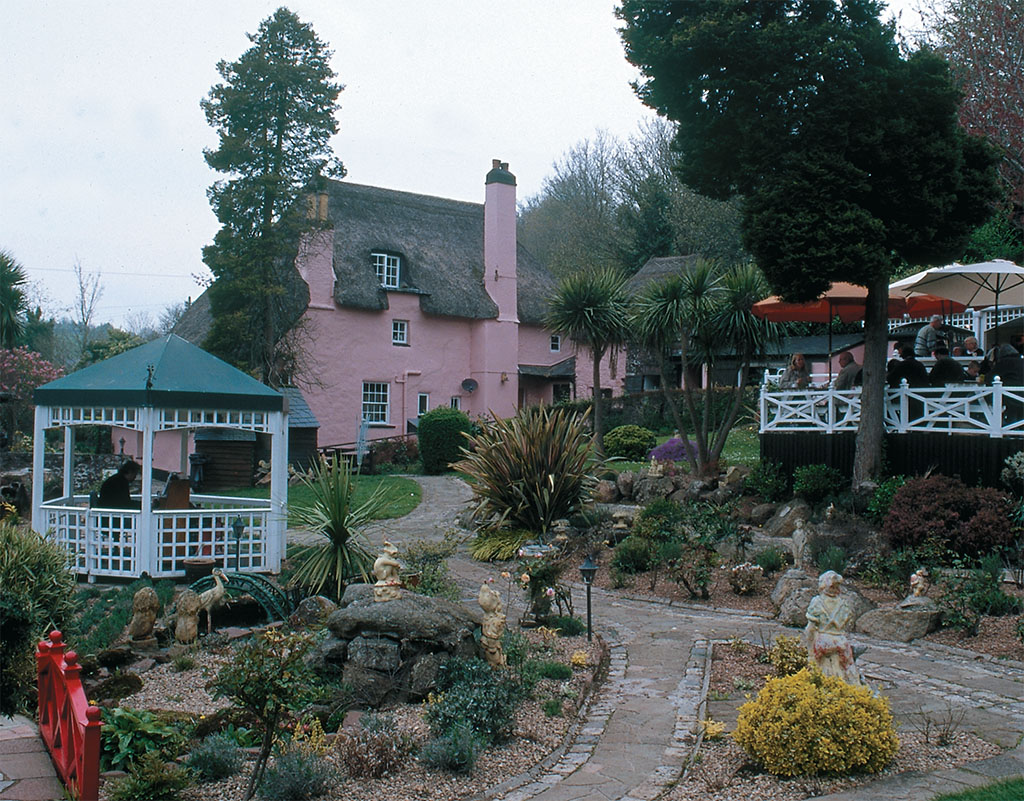
DANA HUNTLEY
No, no one comes to Torbay for just a day. Even passing through, however, a short visit can introduce this popular English playground—and only leave you wanting more. It boasts properly sandy beaches, acclaimed seafood restaurants, a gaggle of visitor attractions, some of England’s most important natural history environments and a remarkably gentle microclimate. Little wonder that the English Riviera retains a constant popularity with visitors not only from Britain, but around the world.
Just toddle on down the coast road from Exeter through Dawlish and Teignmouth (or take the more direct A380), and you arrive on the western arch of the bay in Torquay, termed “Queen of the Riviera” by the Victorians and perhaps still the most cosmopolitan of England’s seaside resort towns.
For centuries, Torquay was a small maritime village, harboring pirates and smugglers as well as legitimate fishermen. In the 19th-century, the mild climate began to draw visitors and the town rapidly expanded into the gentrified resort it is today.
At first glance, Torquay and the neighboring Torbay towns of Paignton and Brixton look a little threadbare and in need of a coat of paint. Salt air and a working waterfront generally does that to a place. Relax with a g&t on the terrace at the Grand Hotel, though, or take coffee on the veranda of the Imperial, where both Miss Marple and Hercule Poirot solved a mystery or two, and your perspective quickly changes.
A hefty clutch of Agatha Christie novels are set in the neighborhood. Torquay was her hometown, and she is readily apparent as its “favorite daughter.” Agatha used to roller skate as a girl on the long boardwalk of Princess Pier, and attend evening entertainments at the Torquay Pavilion next door. The span between the Grand and the Imperial is known as the Agatha Christie Mile, marked out with the scenes of her life and her work.
Torquay’s harbor itself still teems with boats, pleasure craft of all shapes and sizes now where fishing vessels used to anchor. At Beacon Quay, during World War II, they built Mulberry Harbors; the slipways on which they were launched are still visible and a prominent plaque in the seawall tells the story. Now the quay houses Living Coasts, a coastal marine zoo. The harbor and the strand are lined with fish & chips shops, arcades, gift emporiums, curry houses and the seaside like.
Across the flowerful, immaculate civic gardens from Torre Abbey Sands, Torre Abbey was the retreat of Premonstratensian canons from 1196. It became the family home of the Carys in 1662 and remained such until the 1920s. Now, its ranges and gardens are owned by the Torbay Council and open to visitors. The chapel of the Roman Catholic family was “legalized” in 1776, and remained the only Catholic place of worship in Torquay until 1854. The dining room contains portraits of the family through generations. Over the fireplace is a painting of the children of King Charles I, presented to Sir George Cary by Charles II.
[caption id="ADaytoVisittheEnglishRiviera_img3" align="aligncenter" width="1024"]
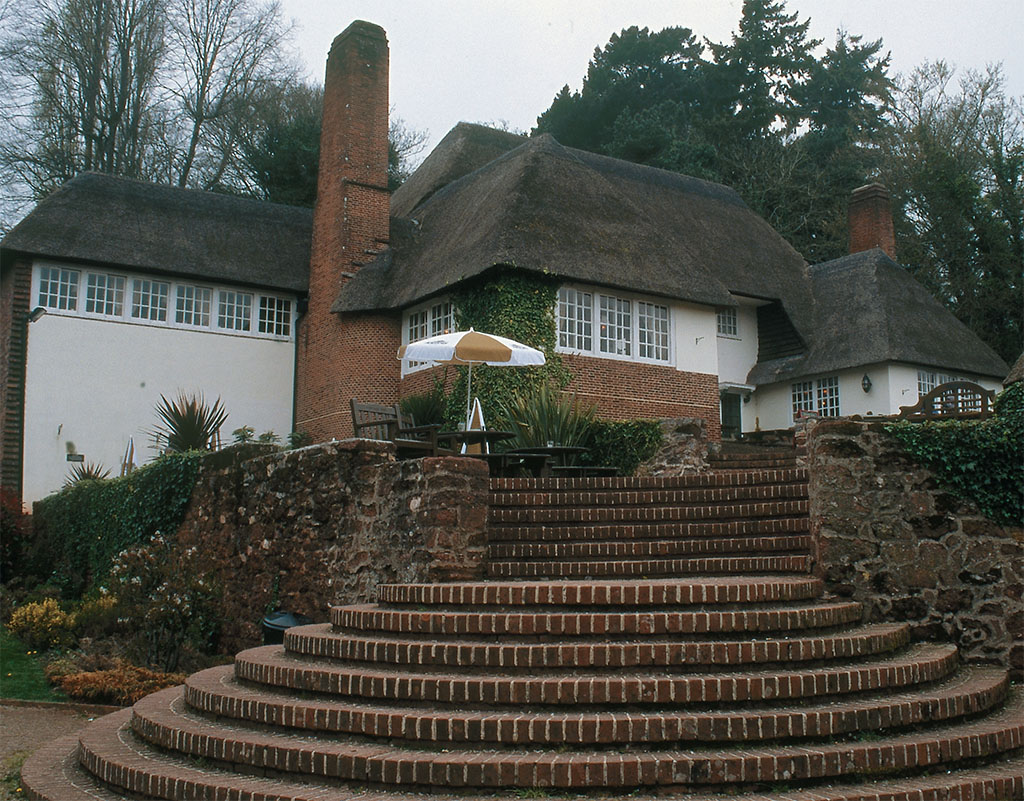
DANA HUNTLEY
[caption id="ADaytoVisittheEnglishRiviera_img4" align="aligncenter" width="778"]
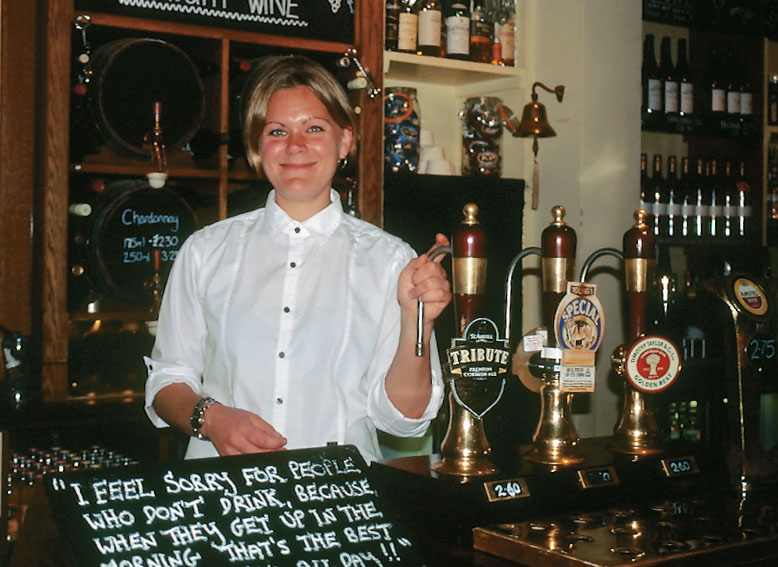
DANA HUNTLEY
Tucked into a hidden valley behind the bustling Torquay seafront, the medieval village of Cockington feels like a time warp. Mentioned in the 11th-century Domesday Book, it doesn’t appear to have changed much. All the old cottages and workshops are thatched and painfully picturesque. Now, of course, they are tea rooms, gift shops and such. While guests take lunch under the pergola of the Rose teahouse, a pianist plays Gershwin and Jerome Kern in the garden gazebo. The 17th-century manor house, Cockington Court, is now a crafts center, with working artisans demonstrating everything from printmaking to glassblowing. Its lawn is the village cricket pitch.
The last building added to Cockington (a real newcomer) was the village pub. The Drum Inn was designed by Sir Edwin Lutyens and completed in 1936. Brick and thatch, it is the only building that doesn’t look like it’s been here for 600 years. Behind the bar, Samantha recommends the chicken and leek pie for lunch. Throughout the pub are chalkboard slogans commending one of England’s national pastimes, such as “There are better things in life than alcohol, but alcohol makes up for not having them.”
Up off Babbacombe Road, I stopped at the pub to indulge in said pastime and chatted with Graham Tucker, who’s lived here all his life, about the famous Kent Cavern around the corner. “A friend of my father’s bought the cave from the council. It was just a boarded up hole in the wall,” Tucker said. “He wasn’t a good businessman, smoked 40 Woodbines a day, but my father helped him out. It turned out to be a bloody goldmine and it isn’t running out of gold.”
[caption id="ADaytoVisittheEnglishRiviera_img5" align="aligncenter" width="1024"]
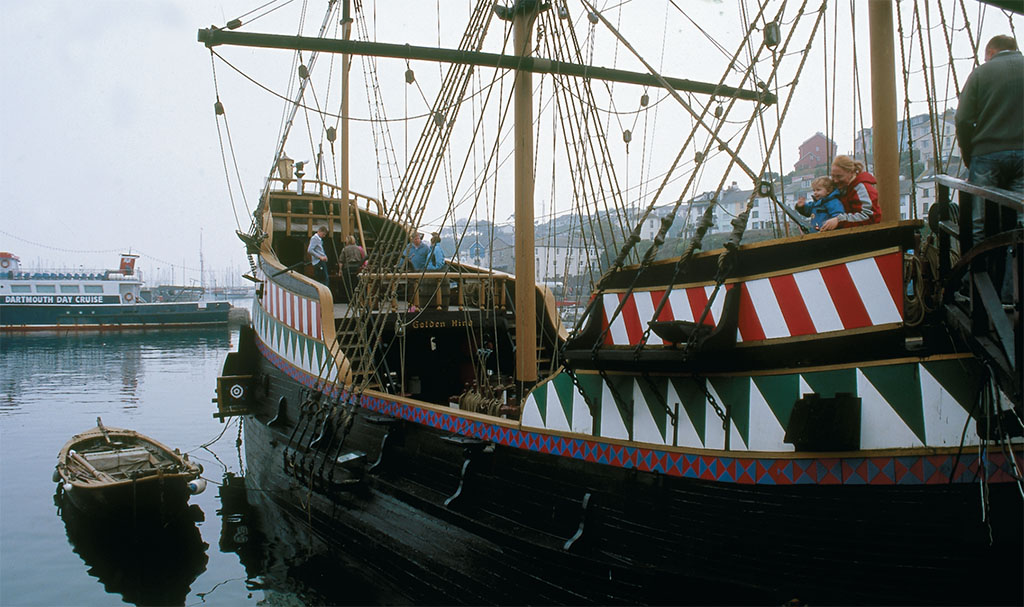
DANA HUNTLEY
Apart from the filthy lucre, Kent Cavern has yielded fossils of a woolly rhinoceros, a cave lion and the oldest human jawbone to have been found in Europe. The relics are on display at the award-winning Torquay Museum just down the street.
In the center of the Torbay bow, Paignton is the “family” resort, graced by the long golden stretch of Paignton Sands. Here stand marshaled rows of beach huts, for locking up your children’s toys, beach umbrellas, wind screens and chairs. The hotels and B&Bs are more modest in Paignton, and obviously designed for holiday-making families. There’s Paighton Pier with its kiddie rides, greasy food, face-painting and tuppence arcades. And there are donkey rides on the lawn, the Paignton Zoo and the Paignton and Dartmouth Steam Railway.
At the southeastern arch of Tor Bay is Brixham. This is the working waterfront and the artists’ colony. A full-size replica of Sir Francis Drake’s ship, The Golden Hind, is a permanent feature of Brixham’s colorful harbor. It floats just in front of a rather decrepit statue of King William III, commemorating William of Orange’s landing here to claim the English throne in the Glorious Revolution of 1688.
By the Beautiful Sea
The Revival of the English Seaside Holiday
In 1789 King George III began taking his large family to the seaside town of Weymouth during the summer. Not surprisingly, what the monarch does soon becomes fashionable. A few years later his son, the Prince of Wales, started to pay regular visits to Brighton—and built an outlandish regal palace known as the Royal Pavilion in which to play and entertain his friends. Medical doctors took up the call, and began touting the health benefits of the ocean air and of bathing in the frigid northern waters.
Through the 19th-century, workers in the mill towns of Lancashire, Yorkshire and Cheshire began to emulate their aristocratic betters. Hard as conditions were in the factory towns, mill owners recognized that a yearly change of scene was good for their workers. The mills shut down for a week or two every summer, and virtually the whole populations of working-class towns would board specially laid-on trains and travel to Blackpool for an annual holiday on the Irish Sea—putting up at boarding houses that lined the six-mile strand.
On the North Sea coast, Scarborough grew up to serve the same function, then Southend-on-Sea, Skegness, Great Yarmouth, Weston-super-Mare and Llandudno. More posh summer haunts developed at Eastbourne and Torquay. By late Victorian times England and Wales were ringed with seaside holiday towns, with their pleasure piers, music halls, boozers and shingle beaches.
For generations a remarkably high percentage of the population repaired to the coast every summer for a carefree fortnight beside the water. The English seaside holiday became as much a part of popular culture as crumpets and tea.
By the 1970s and 80s, though, the jumbo jet and cheap airfares that opened up Britain to large-scale international tourism equally made it easy for Britons to travel abroad and follow the sun to climes where its routine appearance was more predictable. Instead of a soggy week at Weston-super-Mare, even ordinary working Brits could jet off to Tenerife or Thailand, Greece, Majorca, the Costa del Sol or Orlando.
Deprived of the custom that built them, the English seaside holiday towns quickly began to take on a faded patina, losing their style, their freshness and their glamor. The piers fell into disrepair, the entertainments began to shut down, the hotels and guest houses soon looked as if they had seen better days. And the English seaside holiday became largely a happy childhood memory.
[caption id="ADaytoVisittheEnglishRiviera_img6" align="aligncenter" width="986"]

DANA HUNTLEY
[caption id="ADaytoVisittheEnglishRiviera_img7" align="aligncenter" width="1024"]
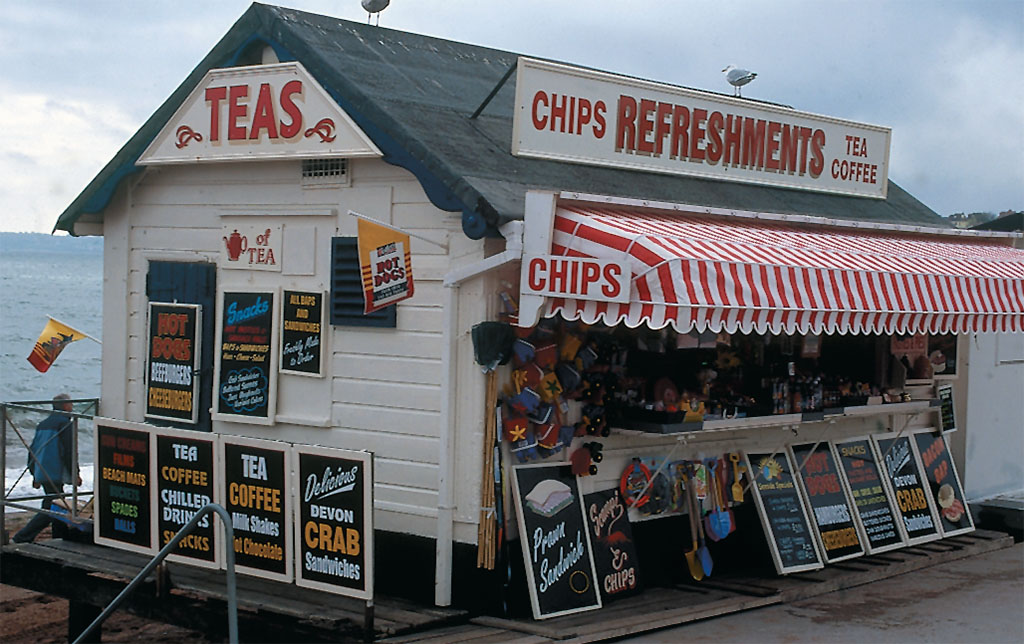
DANA HUNTLEY
[caption id="ADaytoVisittheEnglishRiviera_img8" align="aligncenter" width="1024"]
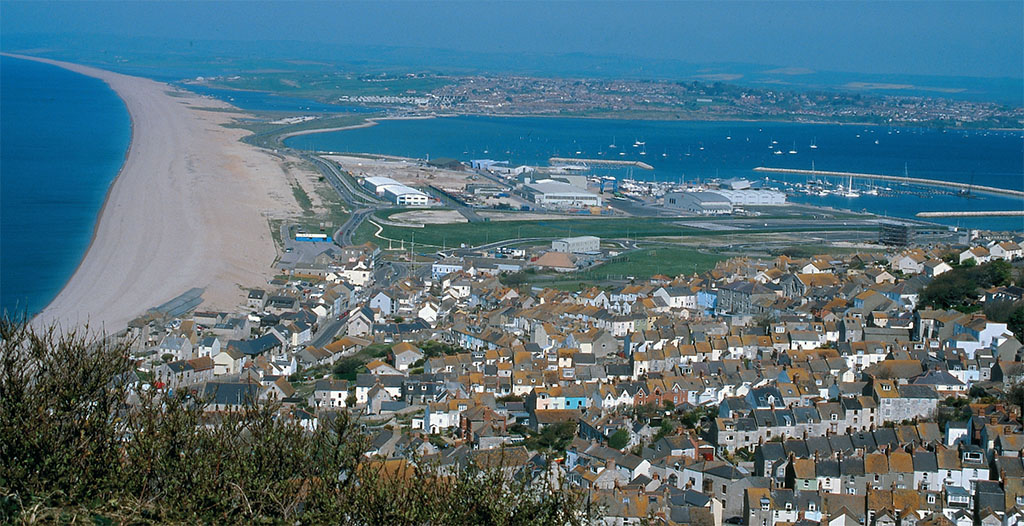
DANA HUNTLEY
Still, as they say, what goes around, comes around. The British economy has taken a stronger hit in the current worldwide recession than the States or the other principal European economies. The decline of the pound sterling against the American dollar and the Euro has been precipitous. Unemployment is high and even those with jobs and a solid bank account are thinking twice about spending their hard-earned shillings on foreign travel.
This year, many of them of planning to stay home, and somewhat nostalgically perhaps, going to the sea. Life may look a little grim now in Bolton, Newcastle and the City, but in the old traditional coastal resorts there is sunny optimism: all are predicting a banner year—the revival of the English seaside holiday.
Bookings for the Easter holidays were up and an unseasonable stretch of warmth in April drew throngs to the beaches. The Met weather office has given its long term forecast as well, predicting that June, July and August will be the warmest and sunniest in several years: a “barbecue summer” is expected.
Old favorite holiday camps, Butlins and Pontins, are investing in their infrastructure and hiring thousands of new employees. From Bognor Regis to Barmouth, civic gardens are looking smart and fresh coats of paint are applied. Tourist information offices at beachfronts everywhere are bracing for a banner year. Punch & Judy shows, donkey rides on the beach, spades and buckets, fish & chips: the seaside holiday is back. The old dears along Weymouth’s sandy beach cheerily pick up a forgotten refrain, “Oh, I do like to be beside the seaside. Oh, I do like to be beside the sea.”
[caption id="ADaytoVisittheEnglishRiviera_img9" align="aligncenter" width="1024"]
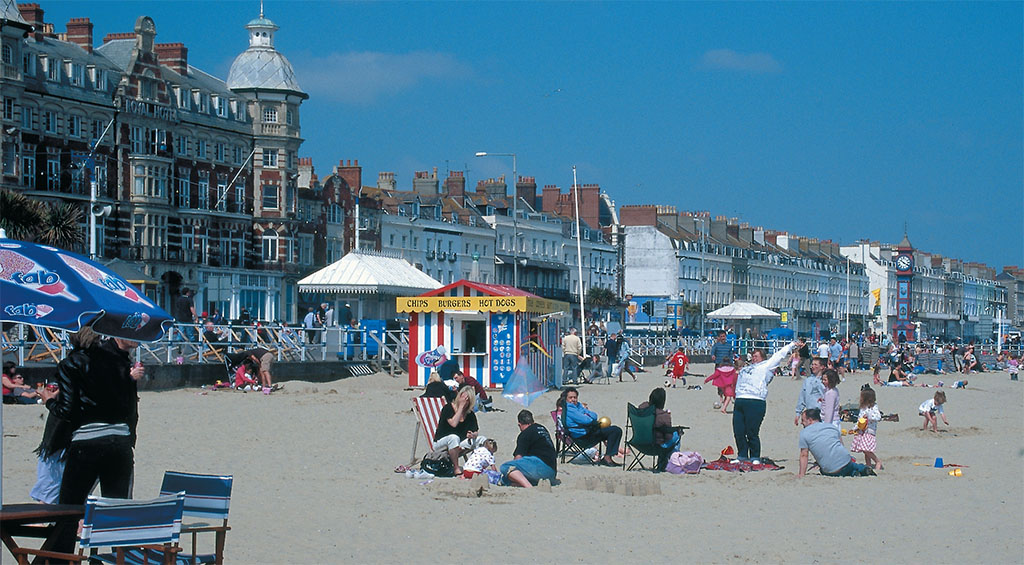
DANA HUNTLEY
[caption id="ADaytoVisittheEnglishRiviera_img10" align="aligncenter" width="1024"]
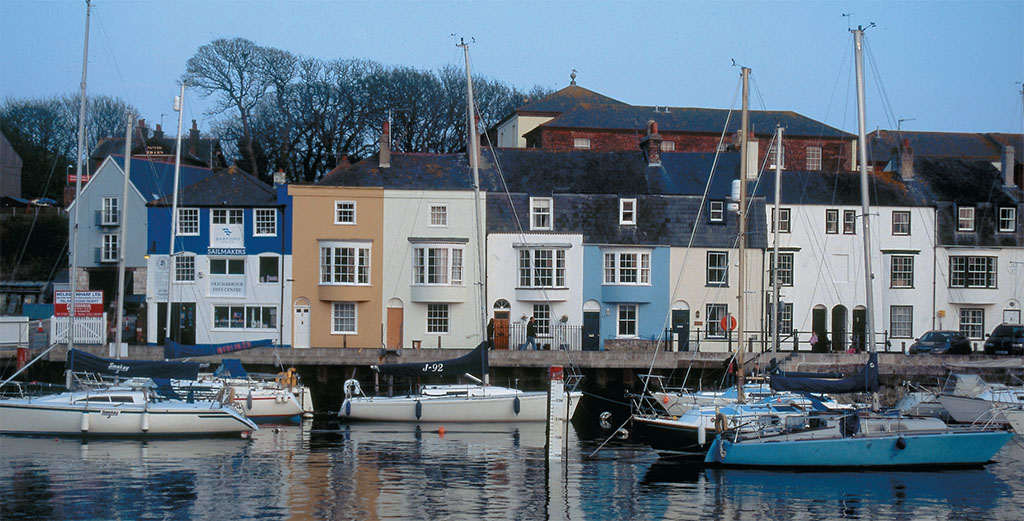
DANA HUNTLEY
[caption id="ADaytoVisittheEnglishRiviera_img11" align="aligncenter" width="953"]
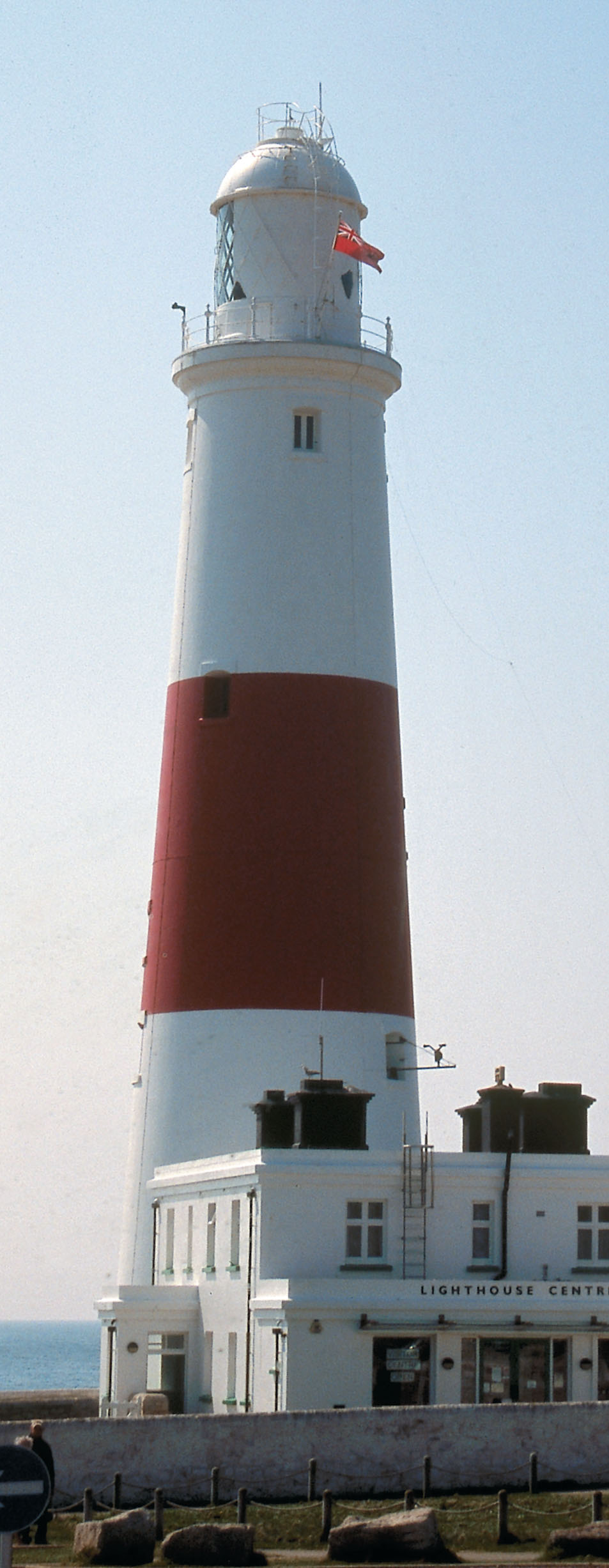
DANA HUNTLEY
[caption id="ADaytoVisittheEnglishRiviera_img12" align="aligncenter" width="964"]
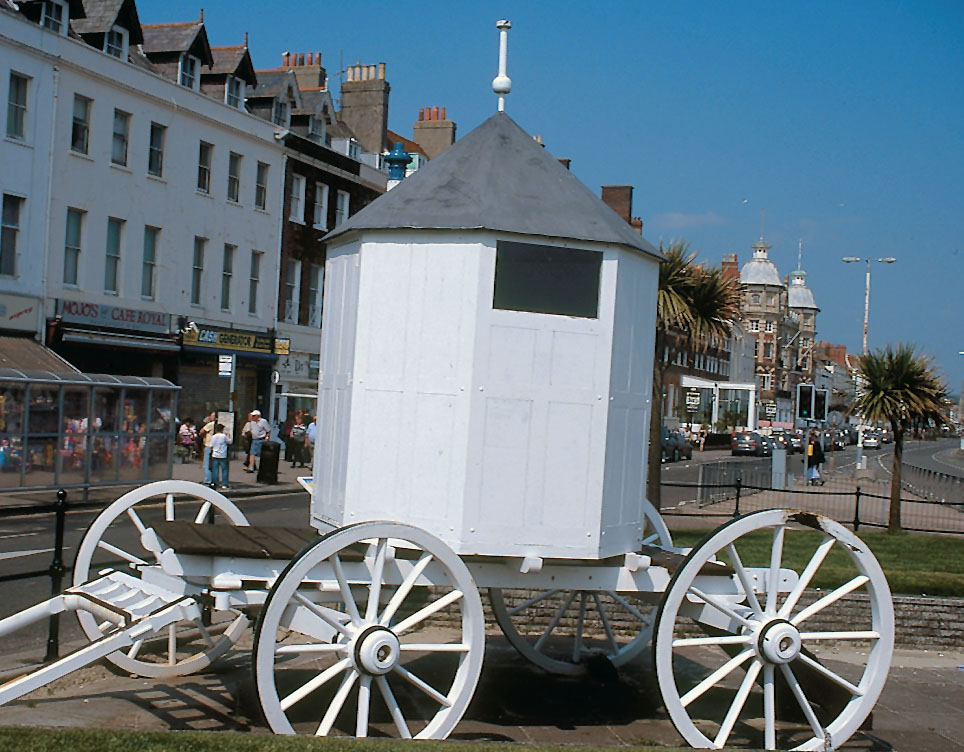
DANA HUNTLEY
Despite its obvious attraction to visitors, Brixham remains one of the largest active fishing ports in Britain—claiming the highest value catch in England and reveling in its reputation for high quality seafood. The technique of trawling was reputedly perfected at Brixham, and a heritage fleet of wooden Brixham Trawlers still exists, now serving for charters and training sails. Every Thursday between May and September is designated Pirate Day. Locals and visitors alike are invited to dress the part. It’s a place at least where you can still see real “old salts.”
[caption id="ADaytoVisittheEnglishRiviera_img13" align="aligncenter" width="964"]
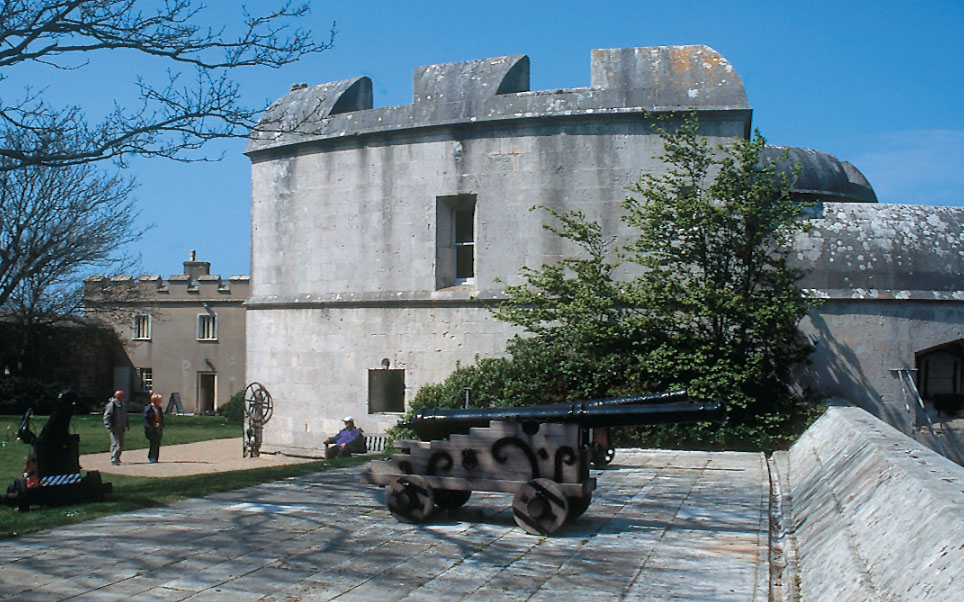
DANA HUNTLEY
Adjacent to the old town, the most southerly point of Torbay is Berry Head, now a National Nature Reserve protecting hundreds of plant species, a number of which are extremely rare. On the grounds of what is now the Berry Head Hotel, local vicar Henry Francis Lyle penned the hymn “Abide With Me.” The nearby lighthouse is both the highest and tiniest in Britain.
As the sun sets to the west of Tor Bay, the lights begin to sparkle across the water. Along Torre Abbey Sands the beach is strung with colored lights. In the lush gardens of the Grand, the fountain in the heated swimming pool tosses up diamond droplets 30 feet into the air, vaporizing into the evening sky. The pianist in the lounge picks up with a Nat King Cole tune. It’s been a busy day on the English Riviera.
[caption id="ADaytoVisittheEnglishRiviera_img14" align="aligncenter" width="964"]
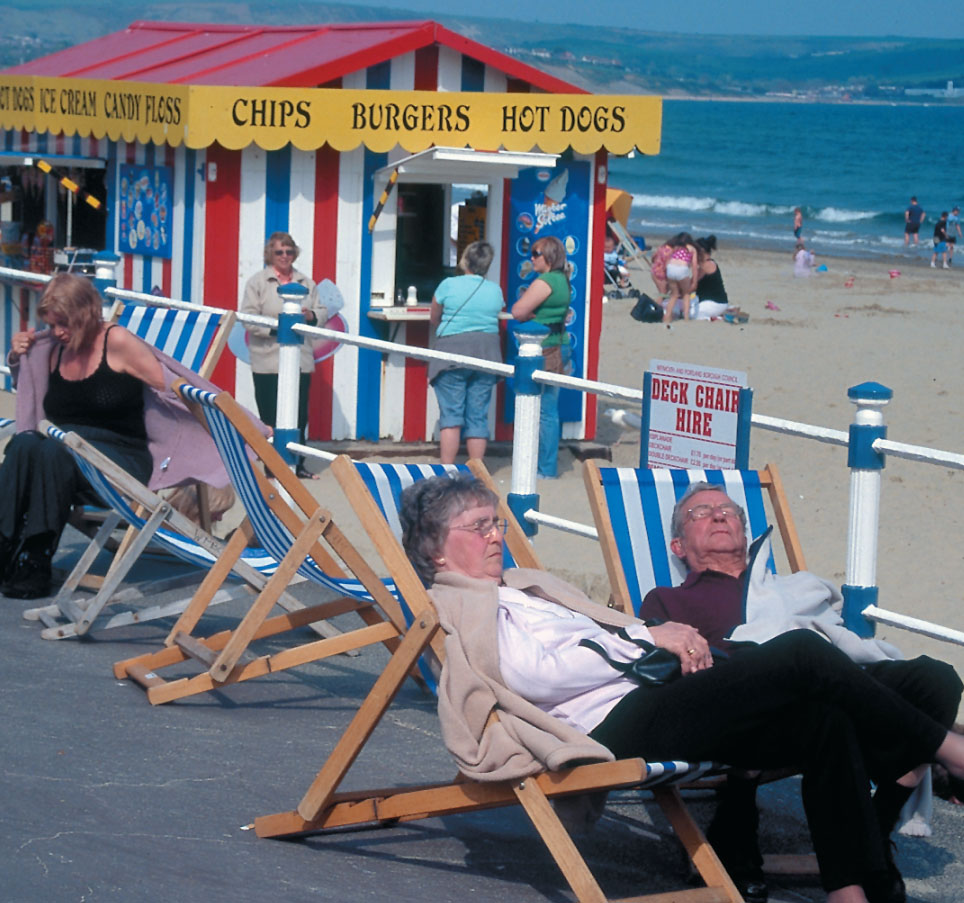
DANA HUNTLEY





Comments